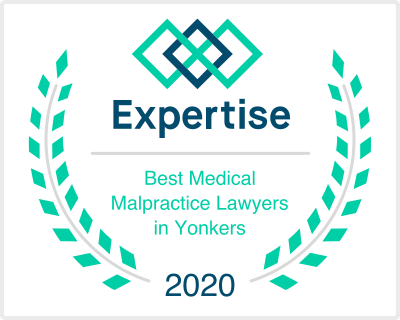When is Chapter 7 the best bankruptcy choice?
If you’re considering filing for bankruptcy to get relief from overwhelming personal debt, the two main options are Chapter 7 and Chapter 13. There are a number of factors that will help you and your bankruptcy attorney determining which choice is best for you.
We’re going to look at Chapter 7 and when that may be the preferable option. First, let’s review what it is. Chapter 7 involves a complete discharge of unsecured debt. This includes credit card debt, medical bills and any other type of debt where there’s no collateral attached.
Chapter 7 is generally preferable for people who don’t have a lot of income, assets and property, like a home. If you have enough money to repay a portion of your debt, you may need to consider Chapter 13 instead.
Chapter 7 can be problematic for homeowners. It won’t necessarily get you completely out from under your mortgage. Even if your lender takes the house and sells it, if you owe more than the sale price on your home loan, you’re still responsible for it. The same is true with auto loans. You may also be able to work out a plan with the lender to continue making payments and keep your property. That’s something you should discuss with your bankruptcy attorney.
There are some types of debts that you can’t discharge in a Chapter 7 bankruptcy. This includes tax debt and student loan debt.
Many people fear that if they file for Chapter 7, they’ll lose everything. That’s not true. Every state has exemptions. Your New York bankruptcy attorney can advise you on what those exemptions are here in our state.
If you have enough income that you can continue to put money every month toward paying off your debts, Chapter 13 reorganization may be the better option. There are other options for consolidating your debt. An experienced New York bankruptcy attorney can advise you on the best choice for you and help you throughout the process.
Source: The Sequitur, “When to Consider Filing for Bankruptcy under Chapter 7,” accessed June 22, 2016

